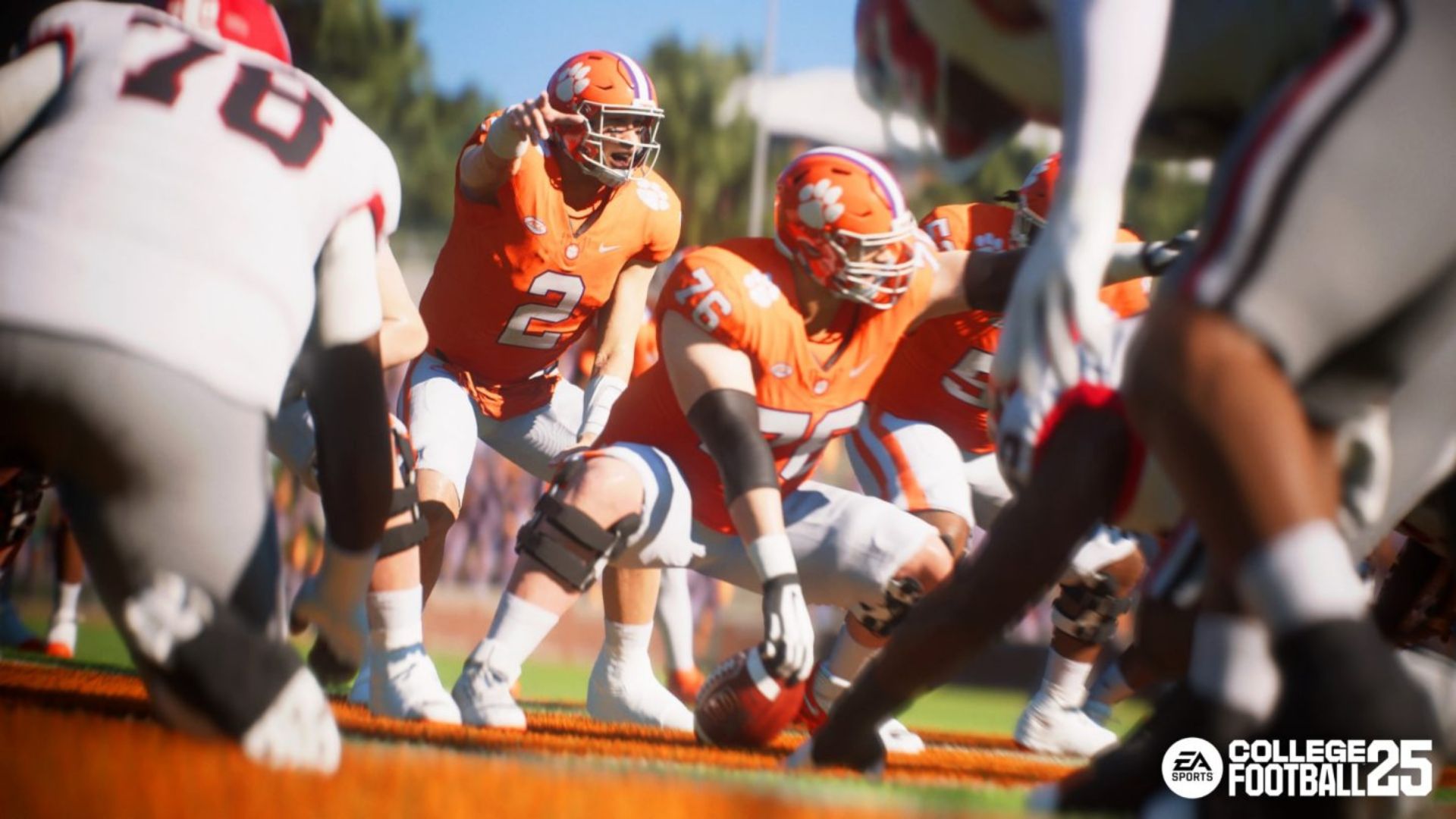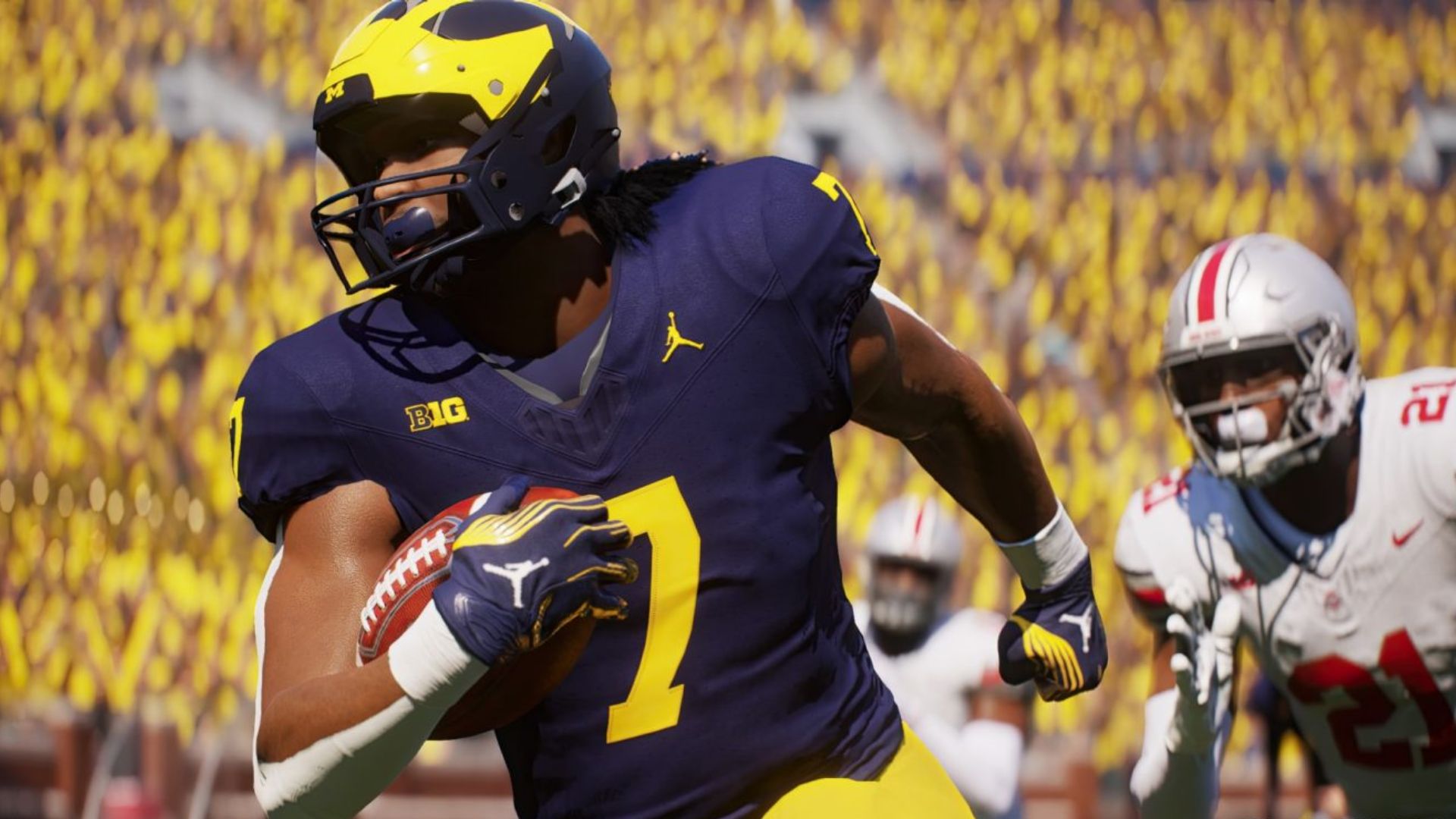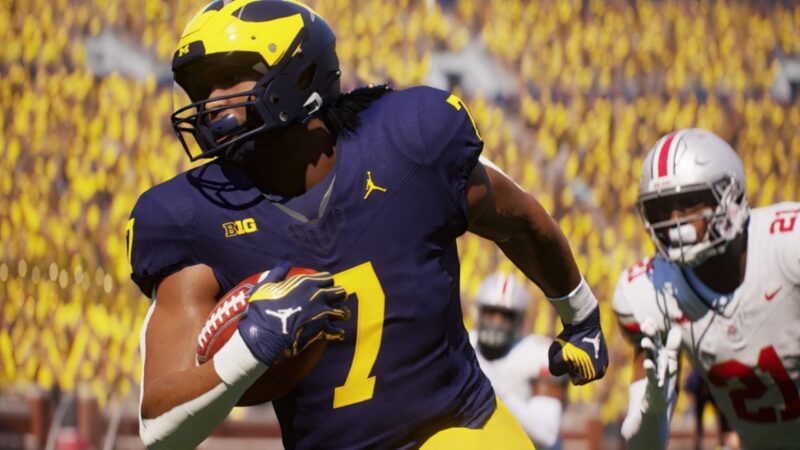Discover the detailed player ratings that shape every play. Master the stats in College Football 25 and elevate your game to the next level.

Player stats in EA Sports College Football 25 aren’t just numbers; rather, they shape the entire game experience. Every move, pass, and tackle is tied to a detailed system that enhances realism. For example, speed isn’t just about running; instead, it’s about making plays explosive. Likewise, strength impacts everything from breaking tackles to blocking defenders effectively.
Moreover, there’s agility, which makes every juke and cut feel fluid and natural. Similarly, throw power doesn’t just measure distance; it also reflects how hard a quarterback can sling it. Meanwhile, stamina keeps players fresh, though fatigue can set in quickly. Ultimately, it’s all a careful balancing act where every rating matters, every decision counts, and each stat influences your path to victory.
All Stats in College Football 25
In EA SPORTS College Football 25, each player is defined by a suite of stats that intricately influence their performance in every play. To guide you through each attribute, here’s a comprehensive rundown of what you need to master:

- General Stats: These are the backbone of every player’s capabilities.
- Overall (OVR): Gives a quick snapshot of player effectiveness.
- Speed (SPD) and Acceleration (ACC): Key for quick breaks and reaching top speeds.
- Strength (STR): Essential for blocking and breaking tackles.
- Agility (AGI): Impacts a player’s maneuverability on the field.
- Awareness (AWR): Affects reaction times and in-play decisions.
- Stamina (STA), Injury (INJ), and Toughness (TGH): Dictate endurance, injury risk, and recovery speed.
- Passing Stats: Quarterbacks shine here, with each stat affecting how passes are thrown and completed.
- Throw Power (THP): Determines the length and force of throws.
- Accuracy (SAC, MAC, DAC): Accuracy splits into short, medium, and deep passes.
- Throw On The Run (RUN) and Throw Under Pressure (TUP): Critical for plays outside the pocket or in tight situations.
- Ballcarrier Stats: For those who run with the ball, these stats make the difference in dodging defenders.
- Break Tackle (BTK): Indicates the ability to shrug off tackles.
- Trucking (TRK) and Change of Direction (COD): For powering through or dodging opponents.
- Catching (CTH) and route running (SRR, MRR, DRR): Affect catching abilities and precision in route execution.
- Defensive Stats: These determine a player’s effectiveness in stopping the offense.
- Tackle (TAK) and Hit Power (POW): Impact the ability to stop players and force turnovers.
- Man (MCV) and Zone Coverage (ZCV): Key for defending against passes.
- Block Shedding (BSH) and Pursuit (PUR): Essential for breaking through blocks and chasing down ball carriers.
- Blocking Stats: Crucial for protecting the quarterback and creating lanes for runners.
- Pass and Run Block (PBK, RBK): Evaluate effectiveness in protecting the passer and opening up the run game.
- Lead Block (LBK) and Impact Blocking (IBL): Influence success in specific blocking situations.
- Kicking Stats: Simplified but vital for special teams’ success.
- Kick Power (KPW) and Kick Accuracy (KAC): Determine the distance and accuracy of kicks, pivotal in close games.
Putting It All Together

Transitioning between these stats is essential for building a balanced team. For example, a wide receiver with high Speed and Catching stats but low Route Running might struggle to get open despite being fast. Likewise, a defensive lineman with great Strength but poor Block Shedding might get stuck on blocks, despite their power. Therefore, it’s crucial to consider how each stat complements the others to ensure optimal performance across all positions.
Understanding these nuances helps you make strategic decisions:
- Adjust Playstyles: If your quarterback excels in Short Throw Accuracy but lacks Deep Throw Accuracy, focus on short passes and quick plays.
- Manage Fatigue: Consequently, keeping an eye on Stamina is crucial to ensure your key players remain effective throughout the game.
- Plan for Wear and Tear: Remember that repeated hits can affect players over time. Rotate your roster to keep everyone fresh.
- Exploit Mismatches: Use Awareness and Play Recognition to outsmart the opponent. A high AWR linebacker can anticipate plays and make crucial stops.
Ready to take your team to the national championship? These details are your first step to glory.
Looking For More?
Thank you for reading the article. We provide the latest news and create guides for Baldur’s Gate 3, Starfield, ARK Survival Ascended, and more. Also, watch Deltia play games on Twitch or visit his YouTube channel!
 Reddit
Reddit
 Email
Email

